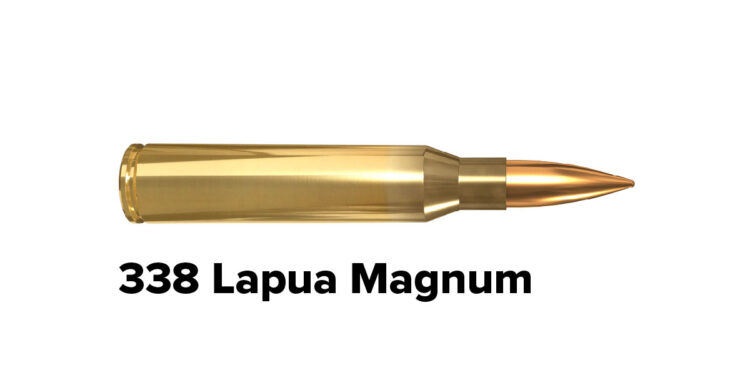By Jay Bell –
The .338 Lapua Magnum (LM) has been the next greatest “mainstream” sniper caliber for the last 30-plus years. It was designed to be the ideal “in-between” round. That is, in between 7.62×51 and .50 caliber. It was supposed to be a versatile sniper caliber or a lightweight machine gun back in the 1980s. It has had its successes and favor in certain communities around the world for almost 40 years. Some might say that it has had more success overseas than in the United States.
However, the recent adaptation of the .338 Norma Magnum by the U.S. Army for the new Precision Sniper Rifle program (PSR) and SOCOM/USMC with the Multi-Role Adaptive Design Rifle (MRAD) as Mk22 Mod 0 ASR Advanced Precision Rifle is a true paradigm shift for the industry. The change means the .338 LM is no longer up and coming; it is perceived as old and outdated. The punches keep coming with the upcoming SOCOM .338 Norma Magnum for the Lightweight Medium Machine Gun (LWMMG) program. The use in a machine gun will dramatically increase the amount of ammunition being built, and it will reduce the cost of the ammunition for all takers. All of these combined factors seem to be the final nail in the coffin for .338 LM.
The .338 LM will not now or ever be adopted by the U.S. Army or SOCOM—period. It will never be the clear winner as the sniper or precision long-range caliber of choice. It came close to being the “great caliber” many times. Its ship has now officially sailed. After the U.S. Army and SOCOM have used the .338 Norma Magnum for a while, then other countries will follow suit. The commercial market also will shift away from .338 LM and towards the .338 Norma Magnum. This will mean more bullet offerings, more custom weapons, more machine guns and the like in .338 Norma Magnum. The popularity of the .338 Norma Magnum is pretty intense, as it has come a very long way since its introduction around 2008.
These new “systems” (ASR, MRAD, PSR, LWMMG) come on the heels of a major systems failure. The Modular Sniper Rifle (MSR) was awarded to Remington in 2013 after the original Precision Sniper Rifle (PSR) competitions. This nearly $80 million contract for over 5,000 rifles and over 4.6 million rounds of ammo seems to have died. There were numerous issues, and it is not clear what happened. The MSR was chambered in 7.62×51 NATO, .300 Winchester Magnum and .338 Lapua Magnum. The program has not been officially canceled, though it appears to be dead for all intent and purposes. Some are saying the MSR (Remington) has been completely swapped for the ASR (Barrett’s MRAD) and the .338 LM for the .338 Norma Magnum.
History
Ironically, Lapua is a Finnish company making the round with U.S. origins. The .338 LM caliber owes its origin to the U.S. Army. Back in the 1980s, the Army awarded a contract to Research Armaments Industries (RAI) to develop a new sniper weapon and caliber. RAI Enterprises got the contract. They were working with barrel legend Boots Obermeyer (Obermeyer Rifled Barrels) and Jim Bell (Brass Extrusion Labs Ltd.). These two characters created the .338×416, based on the .416 Rigby cartridge case. My father, Jim, fondly describes why they did what they did on a bar napkin at a Wisconsin restaurant/tavern:
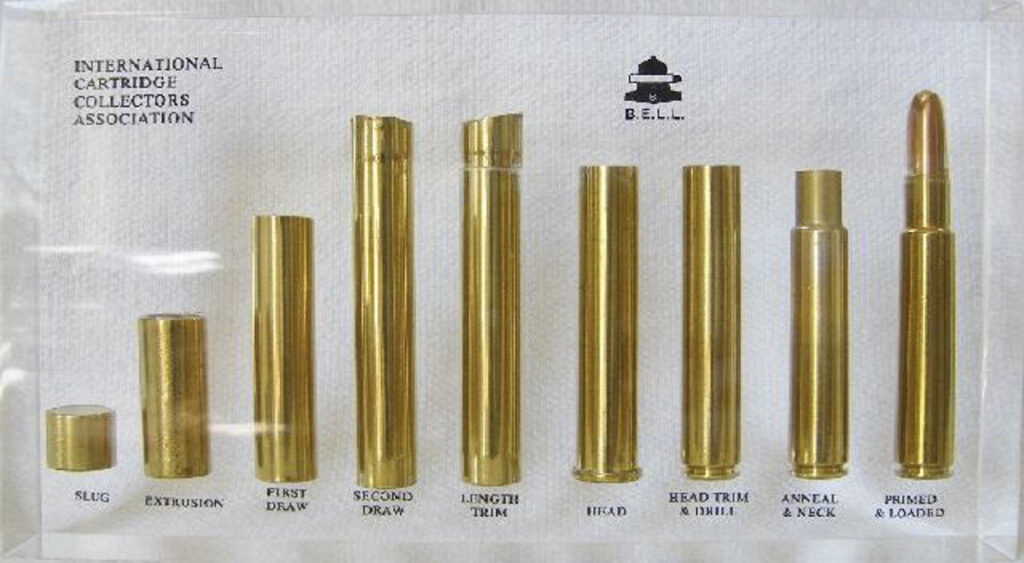
- That .580 base diameter cartridge would fit in standard large actions.
- The large base diameter would allow all the powder you would need for any ballistic solution.
- The heavy taper would be ideal for future potential machine gun use and easy extraction.
- .338 diameter was the largest caliber with a wide range of projectile types and enough payload for armor-piercing applications.
Bell says they based the original prototype cases on the .416 Rigby low-pressure African caliber. There was no science behind the choice of this base diameter. It was a common diameter, and it was on the shelf. Back in that day, new calibers were not being developed and released a couple of times a year. This caliber was originally designed in 1911 by John Rigby & Company. Since it was for an African caliber, it was not designed for high pressure. Therefore, the original samples were too soft in the case head and were difficult to extract from when shot for a high-performance load. The cases needed to be headed with more force and/or with slight tooling changes to get the diamond point hardness (DPH) in the head so they would still easily extract from the rifle. Since time was of the essence and Bell Labs was not able to move fast enough on these changes, the circus moved on, and the RAI program did not go anywhere; however, the .338×416 lived on.
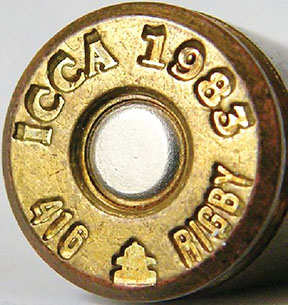
The .338×416 was later picked up by Lapua in Finland, adjusted slightly and renamed the .338 Lapua Magnum. It has had better success in Europe than in the U.S. Lapua and Nammo have offered up to a dozen different bullet loads to include multiple armor-piercing varieties. The most current version (2018) of the Nammo Handbook has six different flavored categories for a total of 10 types:
- Lock Base: 250-grain FMJ
- Scenar: 250- and 300-grain OTM
- Solid: 231-grain
- Armor Piercing: 248- and 300-grain tungsten carbide core
- Armor Piercing Incendiary: 253-grain
- Proof, Drill & Blank
In the late 1990s, the U.S. manufacture of chambers in .338 was a common trend. I can fondly remember the SHOT Show in the early 2000s when Savage finally chambered in it. I was sure the price under $1,500 would be a rocket seller and quickly make .338 LM mainstream. It did not. Today at least a dozen U.S. manufacturers offer a standard, off-the-shelf version of .338 Lapua Magnum.
In a recent conversation with a long-time industry expert, we joked about how a typical 5-million round RFQ (request for quotation) for .338 Lapua Magnum really means 5,000 rounds will be procured. My days as a brass manufacturer of .338 Lapua Magnum caliber involved many multi-million-round RFQs that ended in an order of maybe 30,000 rounds, at best. This number has been echoed by other producers as the typical “large” run for .338 LM brass here in the U.S. The typical assumption was that the XYZ government was considering the expanded use of the caliber and wanted to know what the ammo would cost in volume. This seems to make sense as there were many RFQs, and no one was ever awarded numbers in those quantities.
The caliber has had considerable notoriety over the last decades. Of the current top 20 sniper kill shots, the .338 LM currently holds 3rd at 2,475m from 2009. It also holds positions at 10 and 11. The .50 BMG is the record holder at 3,540m and holds 10 of the top 20 spots. It is impressive that the .338 can go toe to toe with the .50 BMG when the .50 weapons weigh 26 to 30 pounds and the .338 rifles weigh +/-14 pounds. I’m not sure that the .300 or .338 Norma Magnum will ever have records of this magnitude; beating out the .50 BMG is unlikely. However, if the U.S. government is right, the future of warfare is in urban areas, not the Middle East desert, which will provide less opportunity for extreme long-range shots.
Norma vs. Lapua
Reasons why the .338 Norma Magnum has won out over the .338 Lapua Magnum:
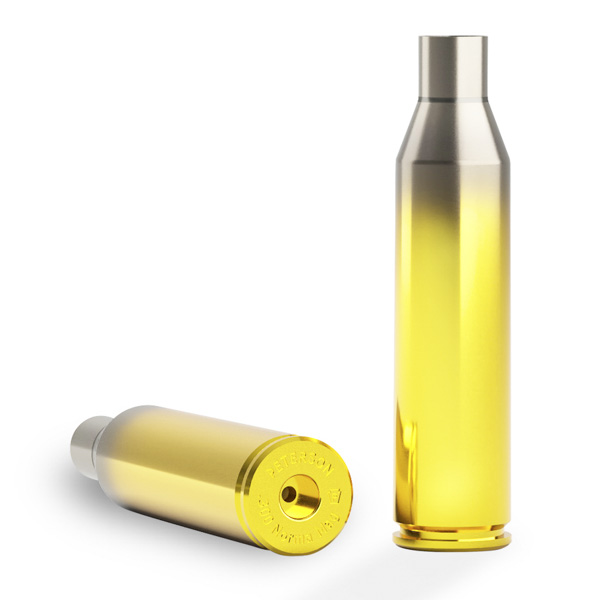
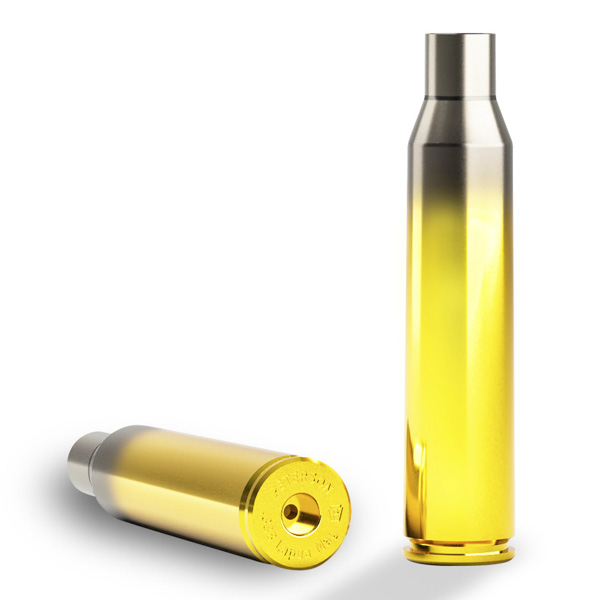
- Current propellants can accomplish all the velocity needed with less powder capacity; therefore the extra volume of .338 LM is overkill.
- The shorter length of the Norma calibers is easier to manipulate in standard rifle actions and machine guns.
- The “short magnum” craze of the early 2000s has popularized the use of and familiarity with short magnum calibers.
- There is better powder burn uniformity to give better accuracy in shorter cases.
- The .338 Norma Magnum has less weight—the U.S. Army is always on the hunt to save a few pounds.
Of course, the only thing for sure with the U.S. government is … nothing. They could change their minds before this article goes to print. The ASR ammo contract was recently awarded to UDC USA; however, it is not in production yet. It does have the makings of success. The ASR is a “Program of Record.” Barrett was awarded $50 million in rifles chambered in the .338 Norma Magnum for the ASR.

It appears that General Dynamics and SIG Sauer are the early favorites for the LWMMG contract. The GD design on the LWMMG is 10 years old or more. It’s so old that they took it out of their trade show booth because they thought it was a dead program. Then all of a sudden, the LWMMG became all the rage, and it was back in the booth. These are exciting times in the gun and ammunition world. Things are changing quickly—faster than the U.S. government can support. In the meantime, enjoy the show.



